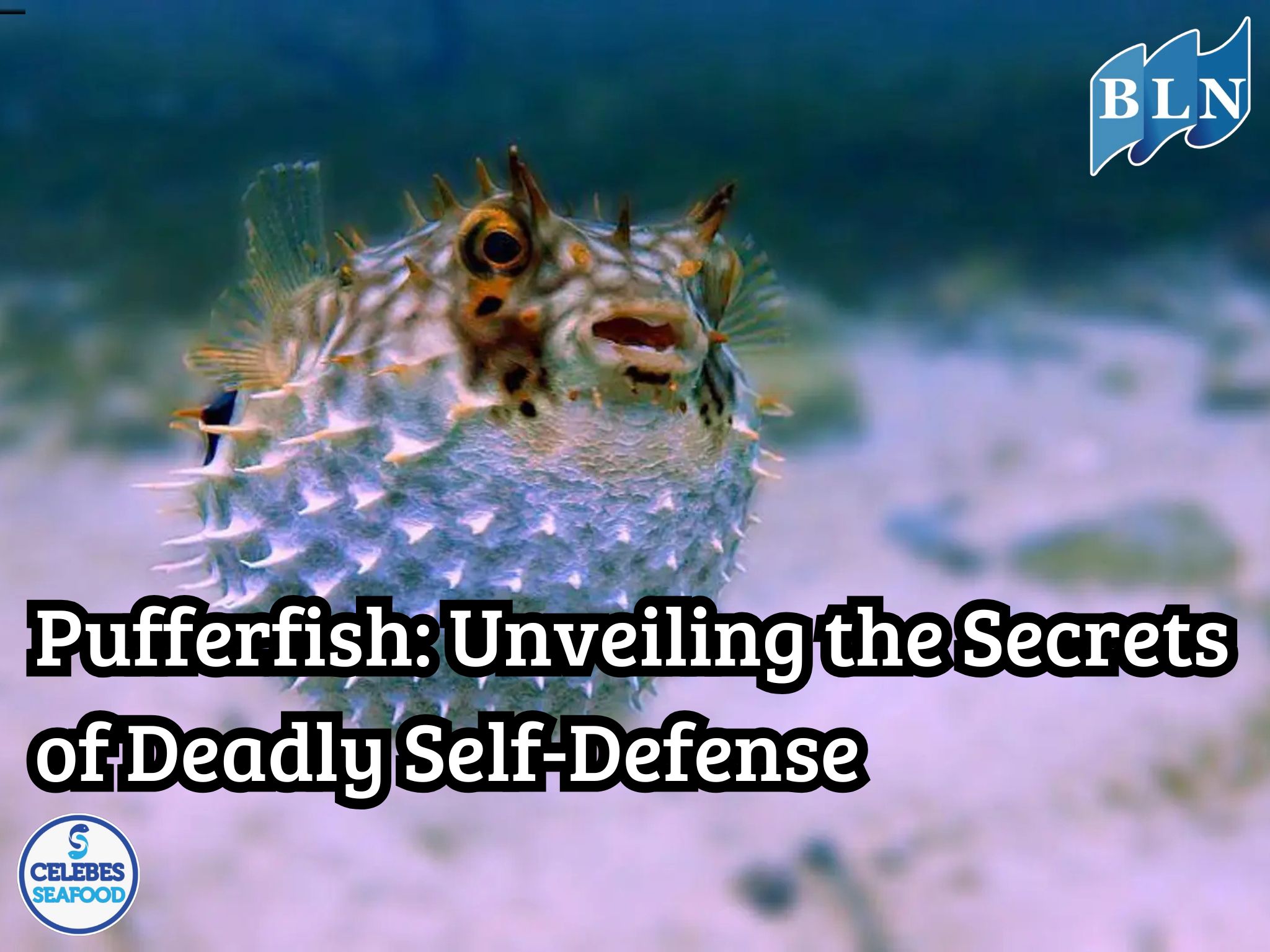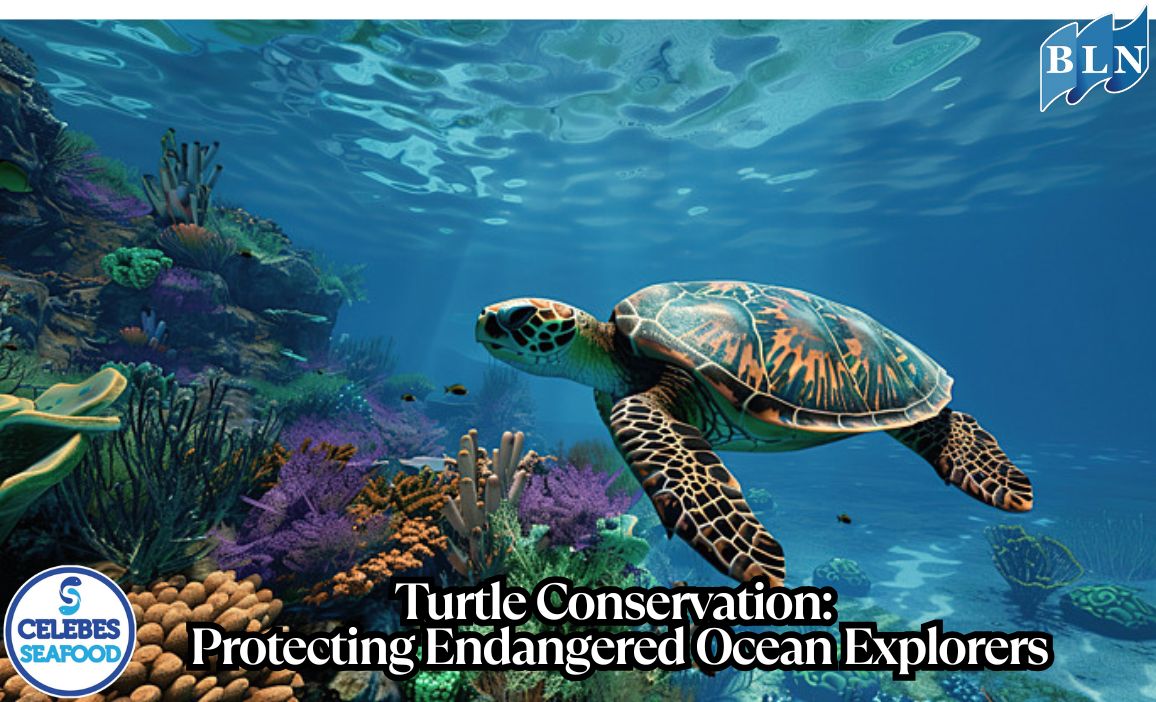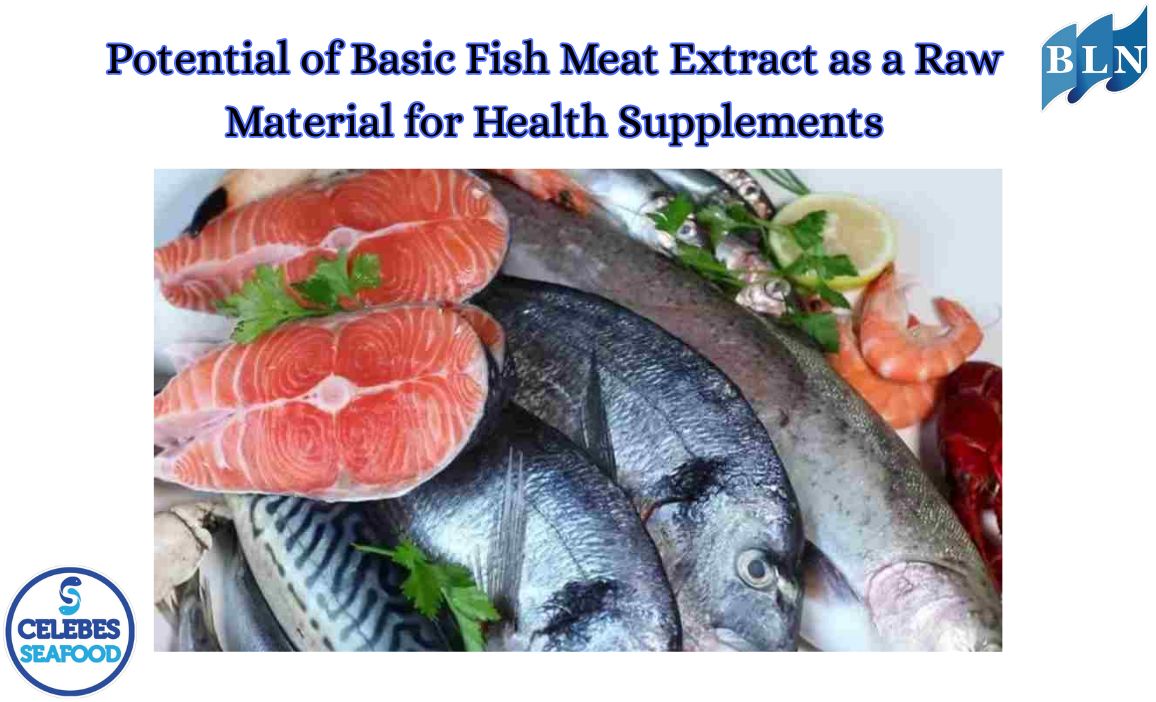Snappers Biological Aspects
By. Nevanda - 27 Mar 2023
lautnusantara.com - Lutjanidae, or snappers are a family of perciform fish, mainly marine, but with some members inhabiting estuaries, feeding in fresh water. The family includes about 113 species. Some are important food fish, which one of the best known is the red snapper.
Snappers are valuable and well-regarded food fishes. Some, however, such as the dog snapper (Lutjanus jocu) of the Atlantic, may contain a toxic substance and cause ciguatera, a form of poisoning. The better-known species of snapper include the emperor snapper (L. sebae), a red and white Indo-Pacific fish; and the red snapper (Lutjanus campechanus), a bright-red fish (one of several red-coloured snappers) famed as food and found in rather deep Atlantic waters.
Read also: Here are Red Emperor Biological Features
Snappers inhabit tropical and subtropical regions of all oceans. Some snappers grow up to about 1 m in length however one specific snapper, the Cubera Snapper, grows up to 1.52 m in length. Most species live at depths reaching 100 m near coral reefs, but some species are found up to 500 m deep. They can be kept in aquarium, but mostly grow too fast so it doesn’t become popular aquarium fish.
Most are active carnivores, feeding on crustaceans or other fish, though a few are plankton-feeders. Despite they are predatory fish, young red snapper are food for the large carnivorous fish that share their habitat, such as jacks, groupers, sharks, barracudas, and morays. Large marine mammals and turtles also eat snapper.
Read also: Milkfish’s Nutritional Content
They can live a long time—red snapper as old as 57 years have been reported in the Gulf of Mexico and as old as 51 years in the South Atlantic. Females are able to reproduce as early as age 2. Males and females spawn from May to October, depending on their location.
Larval red snapper swim freely within the water column. Juveniles live in shallow waters over sandy or muddy bottom habitat. Adults live on the bottom, usually near hard structures on the continental shelf that have moderate to high relief (for example, coral reefs, artificial reefs, rocks, ledges, and caves), sloping soft-bottom areas, and limestone deposits.
Read also: Prevention Act to Avoid Seafood Poisoning

.jpg)
.jpg)
.jpg)

.jpg)

 A Beautiful Yet Carnivorous Ornamental Fish.jpg)
